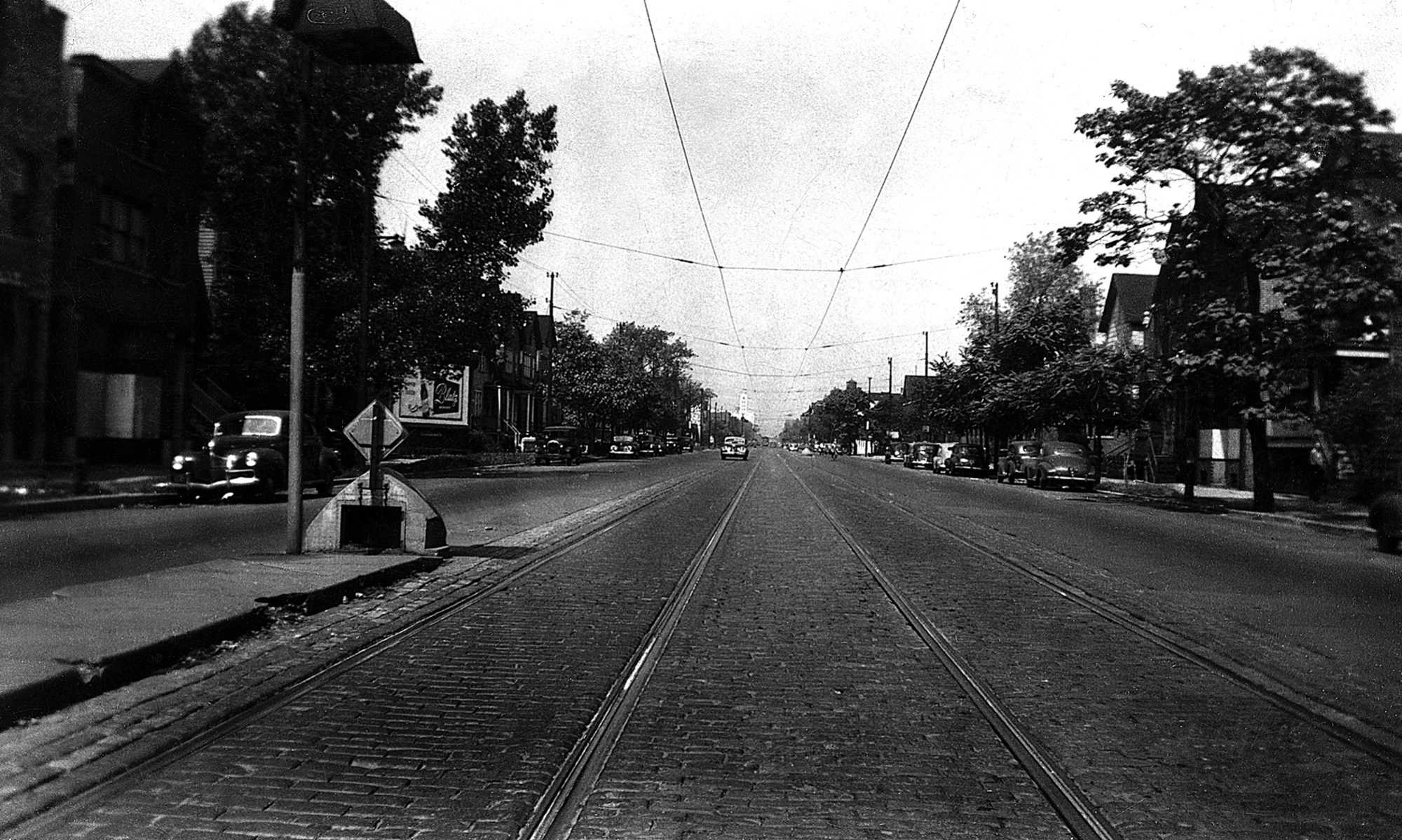On 20 February 2017 I went to Boston Common to photograph the Occupy Inauguration Boston protest that was scheduled to begin at six in the evening. Crowds always provide opportunities for street photography because of the high density of humans in one place. Protests are even better because most people participating in the protest expect to be photographed. The opportunities are reduced at night and night protests present some unique challenges for photography.
Street photographers are accustomed to dealing with poor light, but at night there is often lack of light. Autofocus sometimes fails to lock onto the subject and switching to manual and back to auto can be cumbersome and counterproductive. If the camera can’t focus, it is not likely that you have enough light to capture a decent image. As it was, I was hovering between ISO 3200 and 6400 during the evening.
Flash is an option and I brought a flash unit with me. As I waded into the crowd I realized that the flash would be distracting and did not use it. In retrospect I also feel that the lighting would have made the images unnatural, losing some of the impact.
This was a low-budget protest: there was no lighting or platform for the people who spoke. When I first arrived, I could hear the voice over the audio system and followed it to find the person speaking. That led me to the pickup truck that was loaded with mobile speakers. I followed the wire another fifty feet to the place where the voice was located. The only lighting on the person speaking was from a video camera and the person speaking was in a hole. The Nikon D750 Live View was useful on several occasions so that I was able to raise the camera high, frame the picture in the display, and shoot.
Boston Common is illuminated by lamplights along the walkways. I found myself running between lamps to catch relevant shots as the crowd marched through each lighted area. At one point the group stopped at the Parkman Bandstand and the only light I had was the taillights of the pickup truck carrying the audio equipment. I took shots with abandon because I knew that many would have poor lighting or focus and end up in the trash bin.
As I was planning for this event, I debated my lens choices. I did not want to carry multiple lenses because I didn’t want the weight or the hassle of changing lenses in the dark. My choices were narrowed down to the 50mm prime lens that I use for street photography or the 24-70mm zoom. I chose the zoom. My rationale was that the wide angle would give me intimate close-ups if needed and the longer focal lengths would let me capture the action from a distance. I was happy with that decision even though the lens is heavy. I shot with the lens wide open at f2.8 the entire evening.
I read some amusing suggestions for lens selection from street photographers that have experience with protests. One person suggested the 24-70mm for peaceful protests and the 70-200mm for more violent ones. Another photographer suggested wearing a bicycle helmet for protection against rocks and clubs. The Boston protest was peaceful and none of that was necessary. If it had turned violent, I would have been out of there.
When I do a shoot like this I am always doubtful of the result until I get home and examine the images. My hard work chasing the crowd paid off. I shot a total of 214 RAW images that resulted in ten to fifteen that were worth keeping. Many of the lighting and color issues go away when the images are converted to black and white, my preferred street medium. To me that is an excellent result. Now I’ll see what my followers think.
See you on the street.

A great event to practice and even though we never caught up with one another, I enjoyed it thoroughly. Being a peaceful protest and using a micro 4/3, I selected the 17 mm (34 mm 35mm equiv )and the 45 mm (90 mm 35 mm equiv). I did use flash from the back of the crowd on a couple of images mainly to capture the wording on the signs but, on the statehouse steps there was enough light to capture it at a wide opening.
Enjoyed the experience!
Thanks Ed!
Great lens choices. We’ll need to talk about your four thirds. I recently bought a used one. I’ve temporarily switched to it for street photography to give it a try.